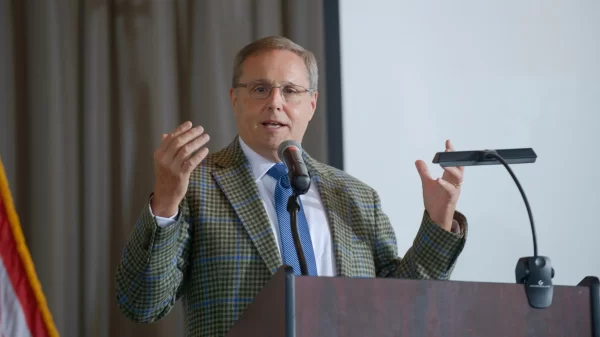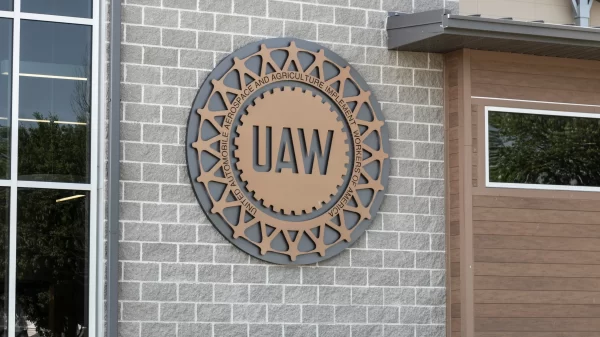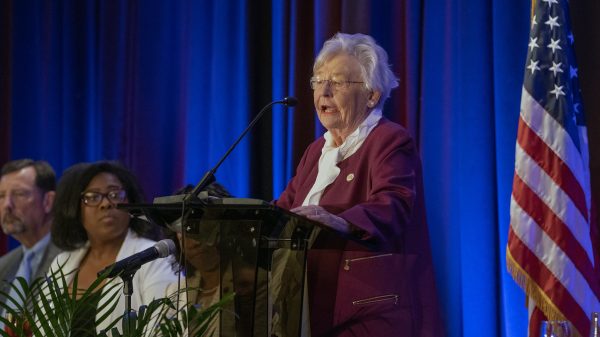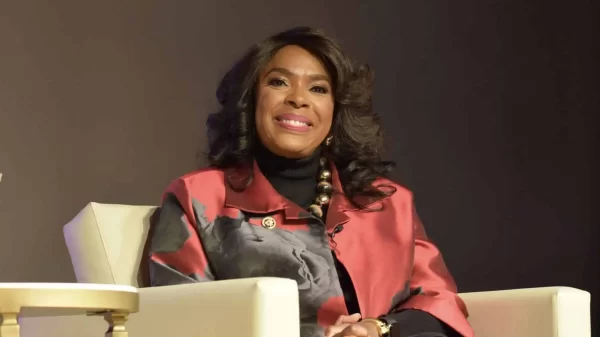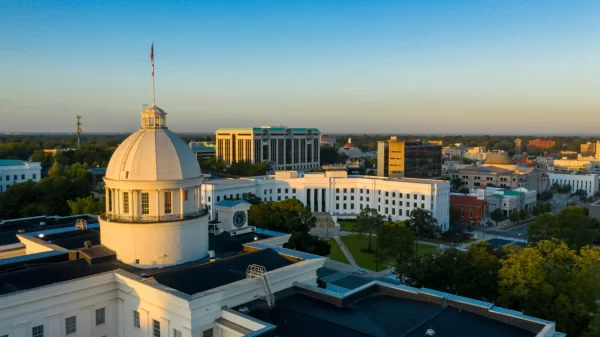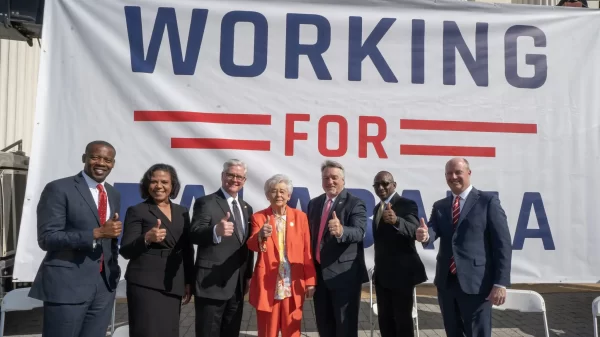|
Getting your Trinity Audio player ready...
|
The Alabama Workforce and Wage Gap Taskforce held its inaugural meeting Tuesday to begin brainstorming legislative recommendations to close the wage gap for women.
Alabama became the 49th state to pass legislation in 2019 and has the eighth widest pay gap in the country.
Melanie Bridgeforth, CEO of the Women’s Foundation of Alabama and chair of the 11-person task force, said women are currently on pace to reach equal pay in 2089.
“That’s a long time but we know that we can get there a lot, lot sooner,” Bridgeforth said.
If single women were paid comparable to men in Alabama, it would reduce poverty by half, Bridgeforth said.
“Now all of this is happening on the backdrop in a state where 74 percent of women in Alabama are breadwinners,” Bridgeforth said. “So the very people who are carrying our communities, who are carrying families are also the same people who are more likely to face wage inequality. So therein lies sort of the crux of the issue that we are here to address.”
Birdgeforth later defined a “breadwinner” as someone who makes 40 percent of the total family income. She said 60 percent of those are single mothers.
The task force will meet each month for the remainder of 2022 and will produce a report in December with legislative recommendations for the upcoming legislative session.
Peregrine Strategies Principal Allen Freyer walked the task force through the challenges facing women in the workforce and suggested three big-picture strategies.
A Peregrine Strategies study conducted in conjunction with the Women’s Foundation of Alabama showed there are 1 million women working in Alabama, earning a total of $43 billion in wages and labor income.
But women earned on average only 67 cents for every dollar earned by white men.
“And it’s even worse in communities of color,” Freyer said. “Black women earn 63 cents for every dollar earned by white men. Hispanic women earn 56 cents for every dollar earned by white men. Women earn less than men across every level of education and in every occupation.”
Closing that pay gap would increase labor income earned by about $15 billion, Freyer said, and create about 59,000 new jobs.
“And that’s roughly equal to all the growth we’ve seen in Alabama’s economy since 2004,” Freyer said. “So this could be the single largest economic development tool that is on the table.”
Freyer addressed the causes behind the pay gap, including outright discrimination which has been illegal fro 50 years. He also said there is a “motherhood penalty” working against women, as employers expect women to need to take time off to have children.
One potential solution Freyer suggested is strengthening the Clarke-Figures Equal Pay Act, requiring salaries to be included in job ads and preventing businesses from retaliating against employees discussing pay in the workplace.
In addition to closing the pay gap, Freyer said the task force needs to focus on closing the labor force participation gap, which would increase earnings in the state by $7.1 billion, add nearly 210,000 women to the workforce and create more than 32,700 new jobs.
Women also work minimum wage jobs three times as much as men, Freyer said,
“Women, especially women of color, are disproportionately working in the lowest wage occupations. Examples are personal care assistants, office support, food service, while men are typically on average over-represented in the highest wage occupations,” Freyer said. “They’re architects, they’re working in tech, they’re working in management occupations, which means that women are typically working in these jobs to pay a whole lot less.”
Because of this, Freyer said setting a higher minimum wage in Alabama could help close the pay gap, but raises concerns about “benefits cliffs.”
“We can say we’re gonna raise the minimum wage, but we know that there are dominoes that it helps and it hurts,” said committee member Kelly Woodward, associate dean and professor of management at the University of South Alabama. “Somebody who has that labor economics background that can help provide additional information on both the pros and the cons, and ways of doing it that have the highest positive impacts with the lowest negative impacts.”















